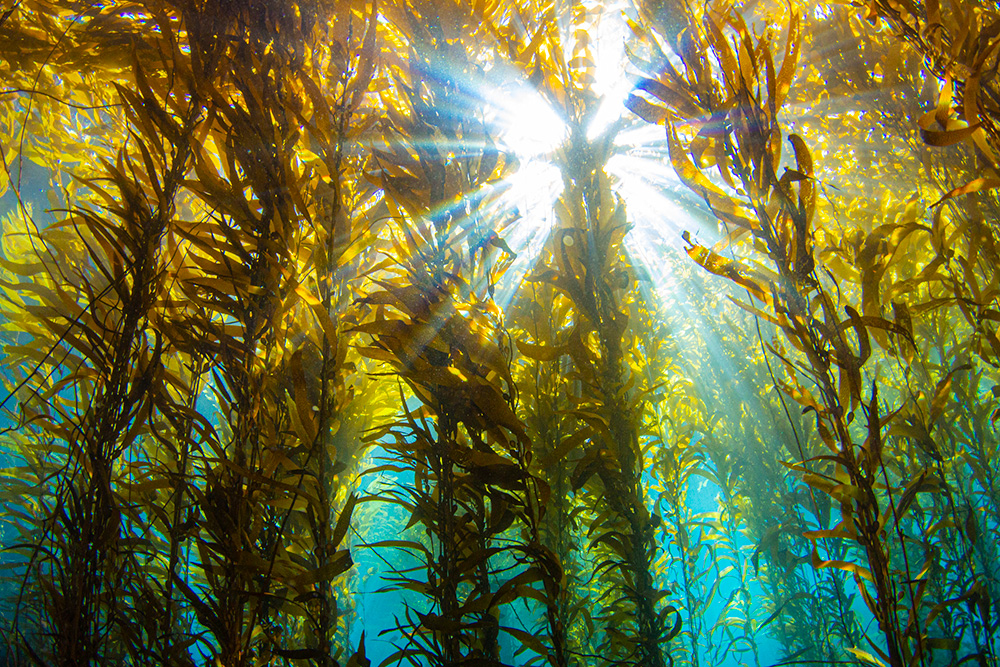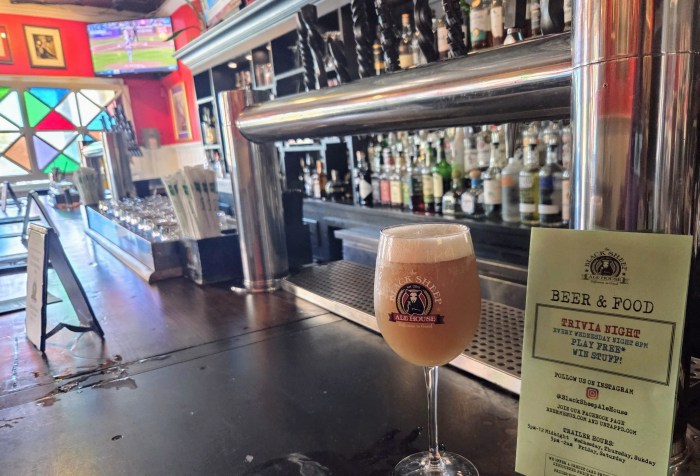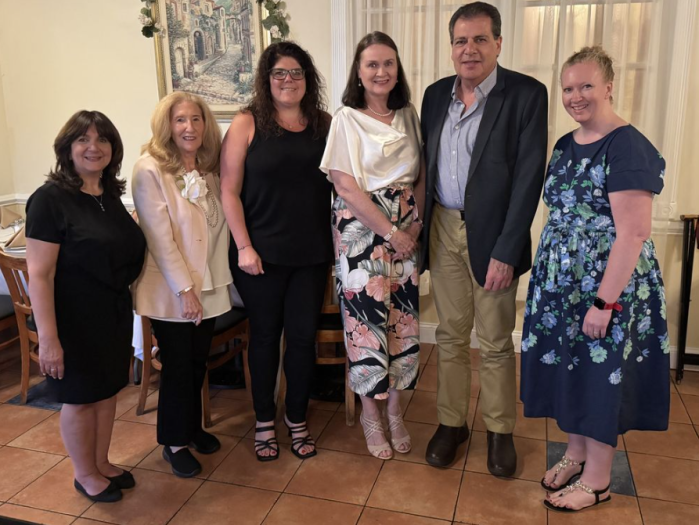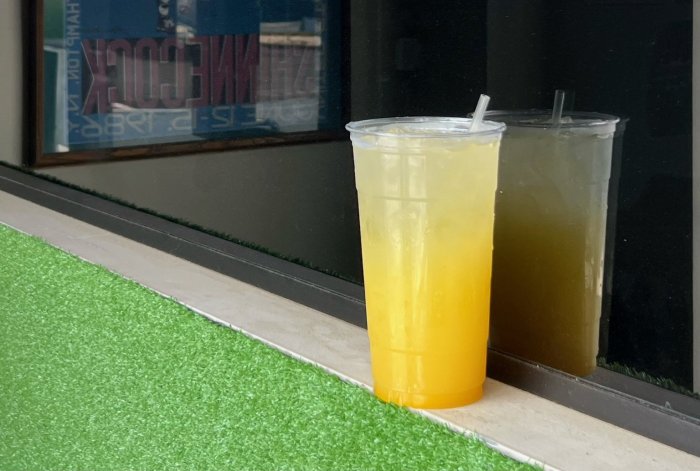By Oliver Peterson
East End waters will soon become part of the growing kelp cultivation industry thanks to new legislation cosponsored by Assemblyman Fred W. Thiele, Jr. (I-Sag Harbor) and NY’s Democratic 9th District Senator Todd Kaminsky, and signed into law by Gov. Kathy Hochul on Tuesday, Dec. 7.
Promoting kelp aquaculture locally, the bill (A.7547-A/S.6532-A) allows kelp cultivation in underwater lands at Gardiners Bay and Peconic Bays.
Kelp, which is native to New York waters, plays an important role in the fight to restore the health of our waterways, and it provides a natural habitat for fish and shellfish in NY State waters. The cultivation of kelp is a growing industry with significant economic, health and environmental benefits, according to an announcement sent out by Assemblyman Thiele following Hochul’s approval of the bill. “As New York continues to fight climate change and nitrogen pollution, sustainable kelp farming can provide substantial environmental benefits for the state,” the announcement explains. “In addition to the environmental benefits, this new law will also create jobs for our maritime businesses.”
Assemblyman Thiele says, “I have pursued the enactment of this legislation for years as studies have highlighted the benefits of kelp in removing nitrogen from our waters. The cultivation of this environmental and economically viable product will promote a growing industry that will help restore water quality and fish habitats on the East End while creating jobs for our traditional maritime businesses. I am excited that New York will now join other states that have already established kelp and commercial seaweed aquaculture programs. I thank Governor Hochul for signing this bill into law.”
To show exactly how versatile kelp can be, Greenport Harbor Brewing Company debuted a unique, robust porter in 2018 featuring local sugar kelp harvested by Cornell Cooperative Extension (CCE). It’s long gone, but was introduced at a special kelp art and awareness event that showcased kelp-derived products, such as soaps and food items, demonstrating that kelp offers a wide range of applications in the culinary, pharmaceutical, agricultural and cosmetic industries.
Another local business, The Montauk Seaweed Supply Company, spent nearly a decade of research and development in the kelp and seaweed marketplace before officially launching this year. The company is now producing small-batch artisanal harvests of premium quality farmed kelp and wild seaweed for the first time. The harvest is landing at their partner facility in Montauk Harbor, and they have begun carefully stabilizing raw deliveries into market-ready fertilizer products. In doing this, The Montauk Seaweed Supply Company is also making a concerted effort to improve the health of local waters.
In May of this year, Stony Brook Southampton’s School of Marine and Atmospheric Sciences (SoMAS) Marine Science Center’s Christopher Gobler, Endowed Chair of Coastal Ecology and Conservation spoke about a funding program that would be the first in New York State to offer “nitrogen credit” payments for kelp cultivation. He said oyster farmers cultivated experimental kelp beds last winter to study kelp’s role in reducing nitrogen.
The results showed that kelp, grown in the off-season when boaters are less active on local waterways, can be a very effective tool in reducing nitrogen in local waters. Gobler said his lab has used grant money over the past three years to cultivate sugar kelp on 10 different oyster farms, producing 10,000 pounds of kelp while removing 36 pounds of nitrogen. Kelp farmers in the program could potentially produce more than 70,000 pounds of kelp on one-acre farms, and help extract 200 pounds of nitrogen from the waters, earning hundreds of dollars of credits during a season when they are largely off the water.
With this new legislation, the East End’s use of locally grown kelp will only be limited by the imaginations of those who harvest it.
This story first appeared on DansPapers.com.
Sign up for Long Island Press’ email newsletters here. Sign up for home delivery of Long Island Press here. Sign up for discounts by becoming a Long Island Press community partner here.


































